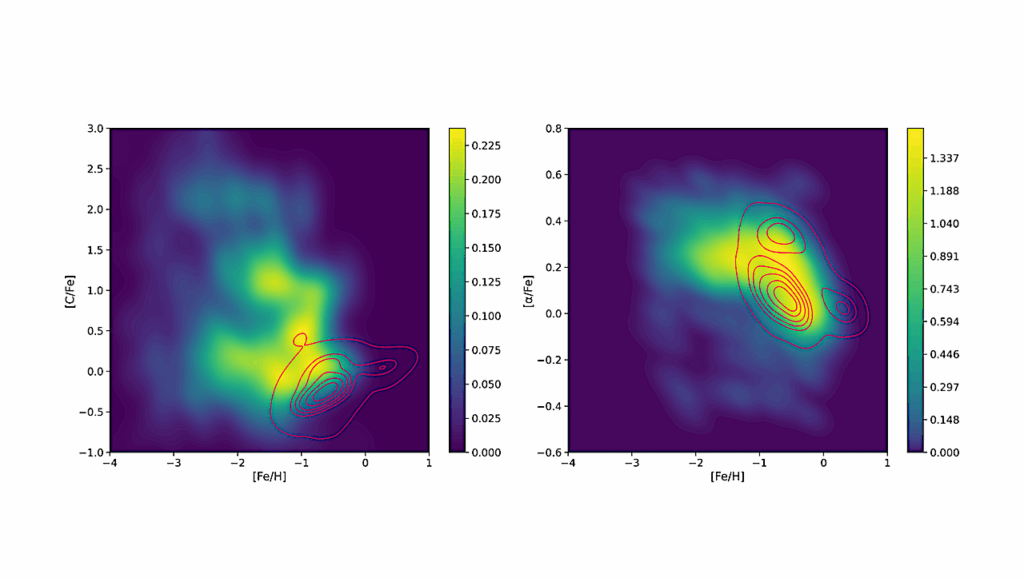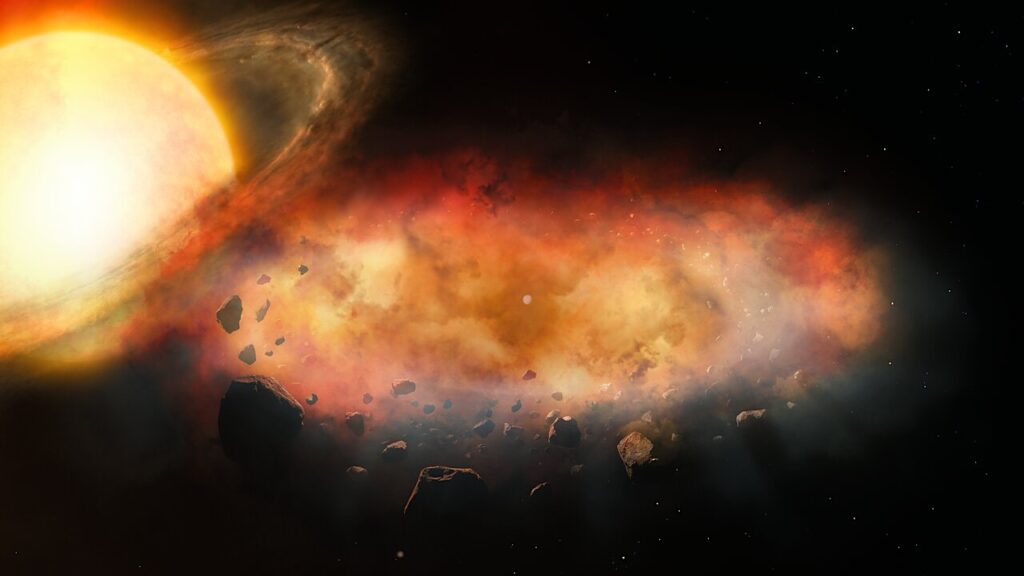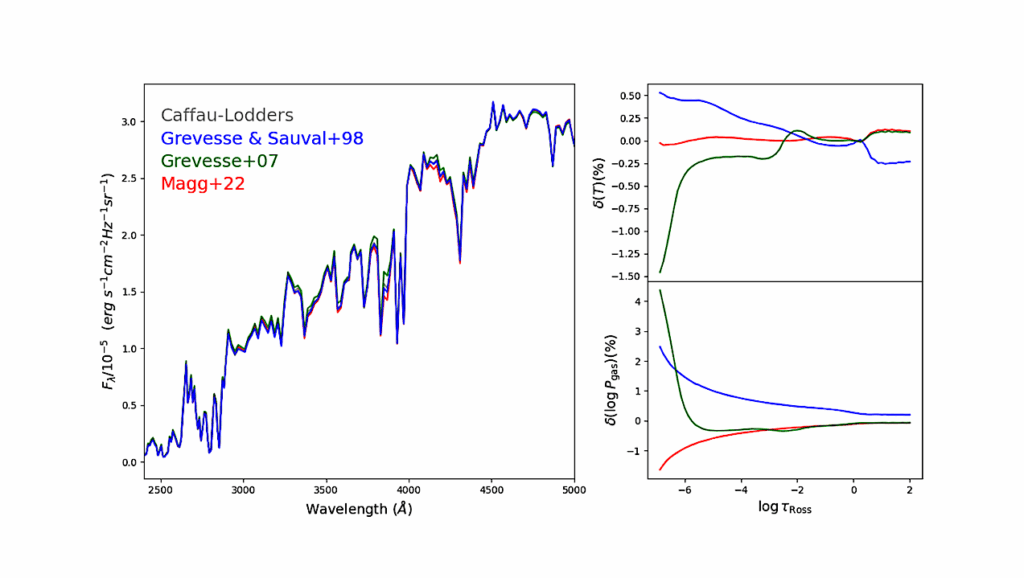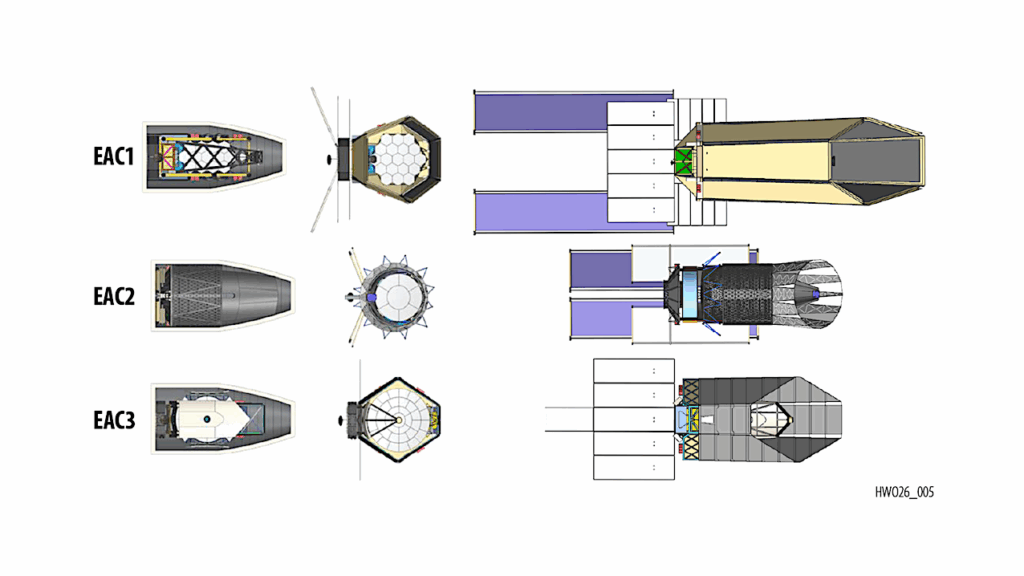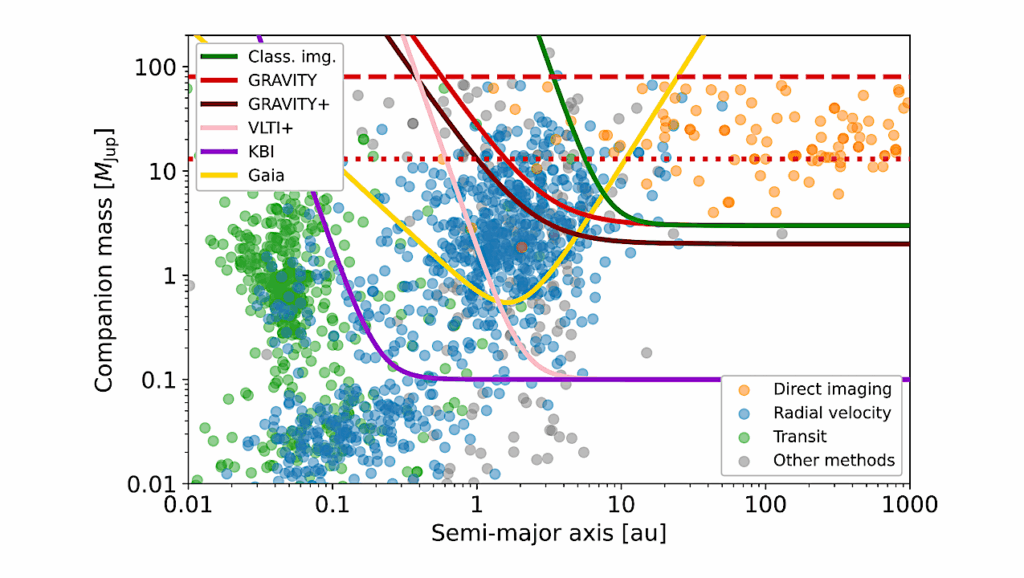Super-Habitable Worlds

Earth is the only known example of an inhabited planet in the universe, so the search for alien life has focused on Earth-like worlds.
But what if there are alien worlds that are even more habitable than Earth-like planets? These so-called “superhabitable” worlds are intriguing astrobiologists such as Rene Heller at McMaster University in Hamilton, Canada, who recently co-published a paper in the Jan. 16 issue of Astrobiology examining the prospects for habitable worlds that are very unlike Earth. One such planet might even exist around the stellar system closest to Earth Alpha Centauri B.
There is life virtually everywhere there is liquid water on Earth. As such, the search for extraterrestrial life has focused on so-called habitable or “Goldilocks” zones — distances around stars at which a planet receives neither too much nor too little heat from its star to possess oceans of liquid water on its surface. (The moons of planets in the habitable zones of stars could potentially host surface water as well, opening up the possibility of inhabited moons.)
Since Earth is the only inhabited world known, this planet has usually been the focus of studies on habitability. For instance, NASA’s Kepler space telescope and the CoRoT satellite from the French National Center for Space Studies and the European Space Agency were aimed at detecting planets roughly the mass and diameter of Earth.
However, Heller reasoned that worlds other than Earth-like ones could offer conditions suitable for life to emerge and evolve. Some planets and moons could be even better than Earth-like planets at offering such conditions.
Heller was inspired by this idea after reading a question from his colleague John Armstrong at Weber State University in Ogden, Utah, submitted via an online live chat in 2012 at AbGradCon, a conference organized by and for early-career astrobiologists. The query asked what experts thought could make an exoplanet — a planet that orbits a star outside the solar system — an even more habitable planet than Earth.
“It was this question that inspired me to start some research,” Heller said.
Instead of looking for rocky planets about the size and mass of Earth in roughly the same orbit as this planet, Heller catalogued a list of properties that could help make a world habitable. He then reasoned what kinds of planets or moons best fit these criteria.
“Our study implies that searches for extrasolar inhabited worlds — planets or moons — should better not focus on the most Earth-like planets,” Heller said.
Tidal heating
Past research by Heller and his colleagues found that planets and moons do not have to lie within habitable zones as they are conventionally described to possess surface water, nor do worlds within habitable zones necessarily have surface water. A key factor underlying habitability, besides the amount of light a world receives from its star, is how much that world gets heated by tidal forces.
The tides that Earth experiences are caused by the gravitational pull of the moon and sun. Our tides pale in comparison to what we see elsewhere in the solar system — for instance, the gravitational pull Europa experiences from Jupiter leads to tidal forces roughly a thousand times stronger than what Earth feels from our moon.
Tidal forces not only flex the surface of Europa, but heat it as well. Heller and his colleagues found tidal heating could render other rocky bodies habitable even outside the normal confines of a habitable zone, and make worlds within the conventional definition of a habitable zone uninhabitable.
Room for Life
Heller also considered how much room a planet or moon might have to accommodate life. Other worlds might have more surface area than Earth, possessing a wrinklier surface or larger diameter. Moreover, planets with the same amount of land area as Earth but broken up into smaller continents might be more habitable, while continents that are too large (such as Earth’s past continent Gondwana about 500 million years ago) might have vast, inhospitable deserts in their interiors. In addition, Earth’s shallow waters have a greater biodiversity than its deep oceans, so planets with shallower waters may be superhabitable.
Past research also suggests desert planets much like the world depicted in the science fiction classic “Dune,” might also be a more common type of habitable planet in the galaxy, rather than watery planets such as Earth. Water vapor is a greenhouse gas that traps heat, and too much water vapor in a planet’s atmosphere can actually render it too hot for life, as was the case with Venus. As such, even worlds with vast deserts could be more hospitable to life than many watery planets, if these desert planets also had many scattered oases of water in their deserts that could support life.
Plate tectonics — the movement of tectonic plates of rock on a world’s surface — are often thought to be essential for life, as they help recycle critical materials from Earth’s interior to its surface. To a certain degree, more massive rocky planets could possess more radioactive material in their innards, generating heat that keeps plate tectonics going longer. Heller thus noted that planets with masses up to twice Earth’s may tend to be superhabitable from a tectonic point of view.
In addition, planets that experience fewer major swings in temperature could also experience fewer mass extinctions by avoiding ice ages and so-called “snowball states,” where virtually the entire surface of a planet is covered with ice. For instance, molecules known as clathrates can entrap greenhouse gases such as carbon dioxide, helping serve as a “climatic thermostat” that moderates global temperatures.
Worlds that are slightly warmer than Earth on a billion-year timescale may be superhabitable, since they could have larger tropical zones that could be more benign for more biodiversity. However, sudden warming can lead to mass extinctions, and worlds that are substantially warmer than Earth could have oxygen-depleted oceans, judging by past periods on Earth.
Other planets could also have atmospheres that favor life more than Earth. For instance, more oxygen in the atmosphere could increase the maximum possible body size that organisms can get. More massive atmospheres could also offer greater shielding to damaging high-energy radiation from space, among other factors.
Recent work suggests that Earth is scraping the very inner edge of the sun’s habitable zone. As such, rocky planets sitting closer to the middle of a star’s habitable zone may be superhabitable.
Furthermore, a star’s ultraviolet radiation can damage DNA and thus hamper the emergence of life. Heller noted that K stars, also known as orange dwarfs — stars a bit cooler and smaller than our sun — may provide more favorable ultraviolet environments than yellow dwarfs like the sun. Orange dwarfs also have longer lifetimes, and worlds that spend more time within their habitable zones could have more time to develop life and accrue biodiversity.
The researchers were uncertain as to how key the rate of a planet’s spin is to its habitability, as well as the level at which a planet’s tilt varies over the course of its orbit — the latter, on Earth, determines its seasons. They were also uncertain how valuable it is to have a mostly stable, circular orbit like Earth; planets with more eccentric, oval-shaped orbits could also provide seasonal variations that spur diversity of life and evolution.
Alpha Centauri B
All in all, the researchers concluded superhabitable worlds will tend to orbit orange dwarfs and be slightly older and two to three times more massive than Earth. This could make orange dwarf Alpha Centauri B, the member of the closest stellar system to the sun, an ideal target for searches of a superhabitable world, especially since it may host an Earth-mass planet.
Scientists estimate the Alpha Centauri B system is s
lightly older than our 4.6-billion-year old solar system at anywhere from 4.8 billion to 6.5 billion years old. If life on a planet or moon in the habitable zone of Alpha Centauri B evolved similarly as it did on Earth, then primitive forms of life could already have flourished there when the young Earth collided with a Mars-sized object, thereby forming the moon.
Just as discoveries of thousands of exoplanets revealed the solar system atypical for planetary systems, Earth could turn out anything but typical for a habitable or even an inhabited world. Indeed, Earth could turn out to be a marginally habitable world, the researchers concluded.
Planetary scientist Ravi Kopparapu at Pennsylvania State University, who did not take part in this research, noted that while this research was noteworthy, many of the aspects of superhabitable planets the researchers outline “are most likely not observable anytime in the near future.”
For instance, astronomers cannot yet get details on a world’s plate tectonics or what fraction of its surface is divided into land and oceans. “It is quite possible that these super-Earth planets proposed in this new paper are more habitable, but to remotely know if they indeed are beyond current technology of detection techniques,” Kopparapu said.
New space missions could get some data this research pointed out.
“For example, a proposed NASA mission called Terrestrial Planet Finder, which was cancelled due to budgetary reasons, would have given us some data on land-ocean fraction of potential habitable worlds,” Kopparapu said. “Attempts are being made to revive this telescope, but obviously we need support from the public and Congress.”
— Charles Q. Choi, Astrobiology Magazine Contributor


